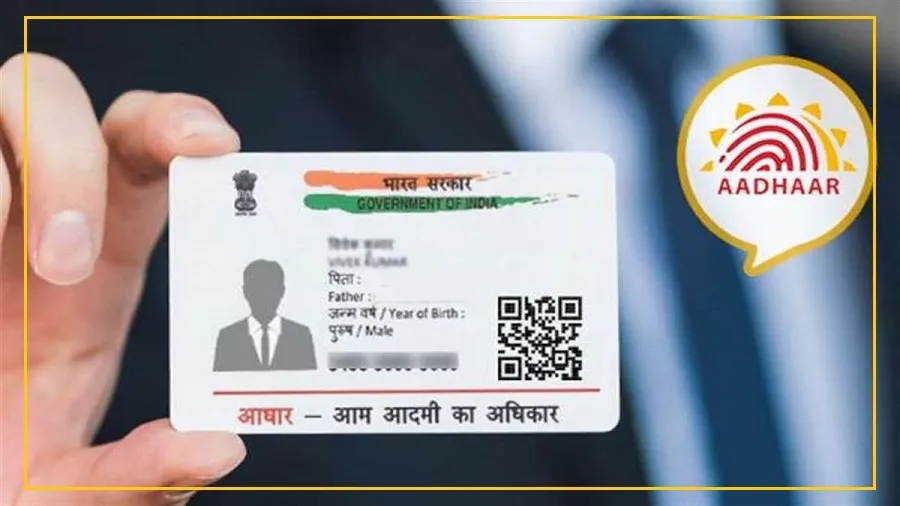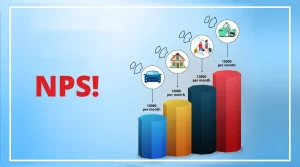In a nation where technology is rapidly evolving, the Aadhaar card has emerged as a cornerstone document for its citizens.
Among the array of services tied to Aadhaar, one notable inclusion is the Aadhaar Enabled Payment System (AEPS).
This innovative system integrates Aadhaar authentication to enable digital transactions seamlessly.
How AEPS Works
AEPS, developed by the National Payments Corporation of India (NPCI), leverages Micro ATMs/Kiosks/mobile devices operated by authorized Business Correspondents (BC) of banks.
This framework allows individuals with Aadhaar-linked bank accounts to conduct various financial transactions conveniently.
Aadhaar Linkage Vital
To utilize AEPS services, individuals must ensure their Aadhaar number is linked to their bank account, creating what is known as an Aadhaar Enabled Bank Account (AEBA). This linkage is pivotal for accessing AEPS functionalities seamlessly.
Range of Services Offered
AEPS offers a diverse suite of services including balance inquiry, cash withdrawal, cash deposit, Aadhaar to Aadhaar fund transfer, and various payment transactions (C2B, C2G transactions).
Transaction Essentials
Customers engaging in AEPS transactions need to carry their Aadhaar number, know the name of their bank, and have their biometrics taken during enrollment.
Additionally, specifying the transaction type is necessary for seamless processing.
Doorstep Banking Convenience
One of the primary advantages of AEPS is its facilitation of doorstep banking.
Customers can conduct basic banking transactions without the need to visit a bank branch, carry physical cards, or remember PIN/passwords.
Moreover, AEPS enables merchant transactions, allowing vendors to accept payments via Aadhaar-based biometric authentication.























